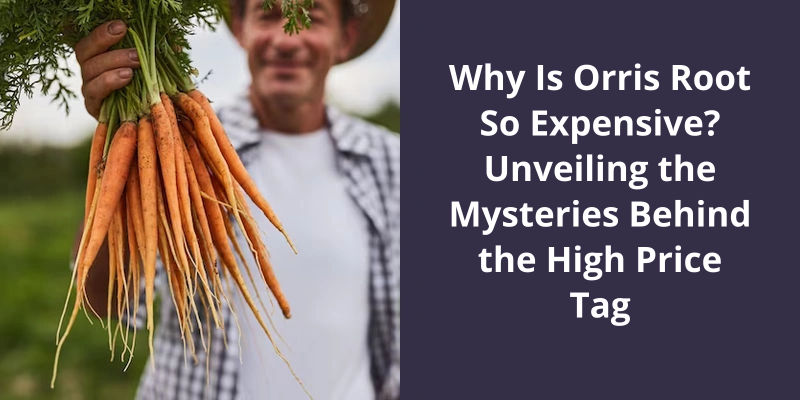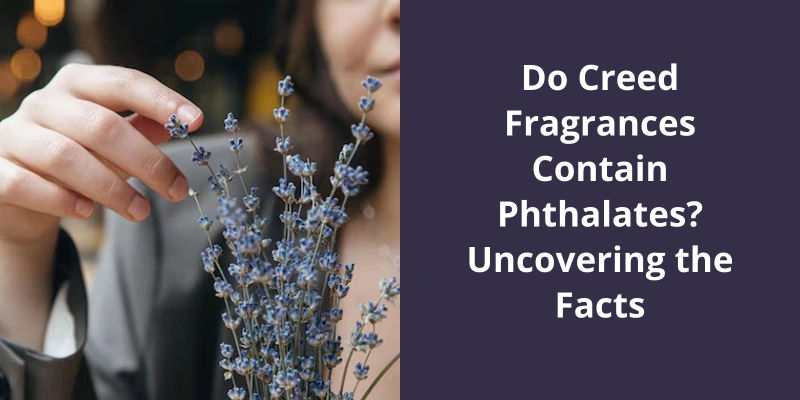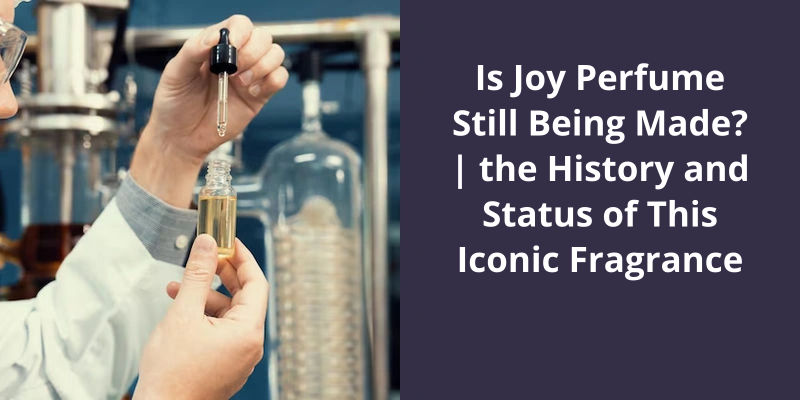Orris root is so expensive because of its long and labor-intensive process to produce. It comes from the iris flower, but it takes around three to four years after the plant’s seed is sowed for the root to be ready for harvest. Once harvested, the root is dried for another couple of years to fully develop its signature fragrance, making the whole process time-consuming. Furthermore, the root yields only a small amount of aromatic oil, requiring a countless number of roots to produce a substantive quantity of oil. This adds further to the high cost of the product. Overall, the significant time, effort, and resources involved in producing orris root account for its hefty price tag.

What Is Orris Root Good For?
Orris root is widely used in various traditional medicines for it’s potent medicinal properties. It’s antibacterial and anti-inflammatory properties make it an effective natural remedy for various bacterial and inflammatory conditions. Orris root has also shown promising results in reducing the risk of cardiovascular diseases, thanks to it’s cholesterol-lowering properties and it’s ability to improve blood circulation.
Furthermore, the naturally occurring antioxidants in orris root have been found to be beneficial in boosting the bodys immune system, reducing the risk of infections, and even preventing certain types of cancer.
The root is often used in perfumes, soaps, and potpourri to give them a pleasant fragrance. It’s also shown to be an effective natural remedy for stress and anxiety, thanks to it’s calming and relaxing effects.
It’s potent medicinal properties make it an effective solution for various ailments, from respiratory issues to skin diseases. Additionally, it’s pleasant fragrance and calming effects make it a popular choice in aromatherapy and perfumery. However, as with any natural remedy, it’s essential to use it with caution and seek medical advice if you’re unsure.
The History and Traditional Use of Orris Root in Different Cultures
Orris root has been used for centuries in various cultures for it’s medicinal and aromatic properties. It’s a long history of traditional uses as a natural perfume and flavoring agent in the culinary world. Orris root is also a popular ingredient in many traditional cosmetics and herbal remedies due to it’s antibacterial and anti-inflammatory properties. Additionally, it’s been used in spiritual and religious practices in many cultures.
The use of natural materials in cosmetics and perfumes has been a centuries-old tradition. Some ingredients, like orris root, have become synonymous with luxury and opulence. But as with most things of that nature, the high price tag attached to it often raises the question: is it worth it? In this article, we’ll take a closer look at why orris root is so expensive, and whether or not it’s something you should consider investing in for your own beauty routine.
Is Orris Root Expensive?
The iris flower is where the roots from orris come from and it’s a special variety that typically grows in Italy, France, and Morocco. The process of extracting the orris from the iris root is quite elaborate, which is one of the main reasons why it’s so expensive. The roots need to be sun-dried for several years before being crushed into a powder, then distilled multiple times to get the oil. Even with the modern extraction methods we’ve nowadays, the cost of orris oil remains high, as it requires a large amount of raw materials to produce only a small amount of the oil.
Due to it’s high cost, orris root is primarily used in luxury perfumery and cosmetics products. It’s unique floral scent adds a layer of sophistication and elegance to any fragrance, making it a highly sought after ingredient. It’s use in perfumes dates back to centuries ago when it was known as one of the important ingredients of the queen of Hungary water.
It’s traditionally been used to treat a range of ailments, such as coughs, indigestion, and headaches. Orris root is said to have antiseptic and anti-inflammatory properties, making it an excellent addition to natural remedies. It’s used in homeopathy, herbalism, and Ayurveda, where it’s often mixed with other herbs to create a concoction that can help alleviate a wide range of symptoms.
It’s a long history of use in perfumery and traditional medicine, adding a layer of sophistication and elegance to any product that it’s included in.
Now that we’ve explored the taste profile of orris root, let’s delve deeper into the history and uses of this versatile ingredient in various industries such as perfumery, medicine, and even cooking.
What Does Orris Root Taste Like?
Traditionally used in perfumery to provide a base note that enhances the longevity and overall scent of a fragrance, orris root has also made a name for itself in the culinary world. It’s commonly used as a flavoring agent in gin and other spirits, providing a complementary depth of flavor to the botanicals. The root is also used in baking, lending a sweet and floral aroma to cakes, cookies, and desserts.
However, despite it’s versatility, orris root isn’t a commonly known taste. It can be difficult to describe the flavor of the root, as it’s a unique combination of sweet, earthy, and floral notes. Some liken it’s taste to that of violet candies, while others describe it as a combination of rose, clove, and wood.
It’s unique combination of sweet, earthy, and floral notes make it a perfect accompaniment to a wide range of ingredients, and it’s potential health benefits make it a valuable addition to any diet.
Source: Understanding Gin Botanicals – Spirits Beacon
Conclusion
However, once the orris is ready to use, it’s prized for it’s unique scent, which is both floral and earthy. It’s widely used in perfumery, as well as in culinary applications. The labor-intensive process of harvesting and processing orris root, combined with it’s limited availability, contribute to it’s high cost. But for those who appreciate it’s complex aroma and the skill required to produce it, the cost is simply a reflection of the value of this remarkable ingredient. Despite the steep price, there are many who’d argue that orris root is worth every penny. So if you’re lucky enough to encounter a fragrance or culinary creation containing orris, savor it, knowing that you’re experiencing one of the world's most precious and rare ingredients.





